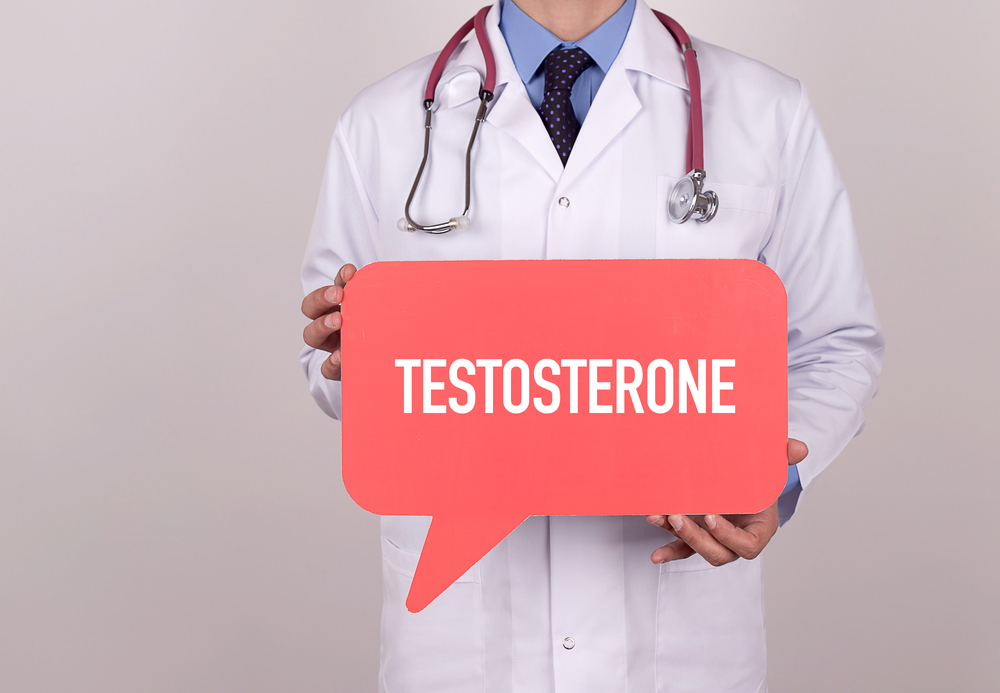My hot flashes are driving me crazy. Is there anything new to treat this condition?
Your Menopause Question: My hot flashes are driving me crazy. Is there anything new to treat this condition?
Our Response: The biology of hot flashes (officially known as vasomotor symptoms) is evolving rapidly and with that understanding are coming new approaches (ACOG 2014). But first, the biology.
Results from animal models (Kobayashi, 1995) and clinical studies (Guthrie, 2015) show that hot flashes are linked to loss of estradiol from the ovaries as a woman approaches and then enters menopause. Why would that be? During the reproductive years, our body tolerates a 0.4°F fluctuation in ambient temperature without any reaction from our brain (Freedman, 2001). With the loss of estradiol, this heat tolerance disappears. Instead, any slight change in temperature that our skin receptors perceive stimulates our brain to dilate our skin blood vessels rapidly in order to deliver the “hot blood” and release heat. For some women, stimulation of sweat glands accompanies these changes to produce moisture to cool the body further. The result, especially at night, is “covers off, chill, covers on” (Freeman, 2014).
Are hot flashes more than simply an irritation? From one large Fortune 500 company (Sarrel, 2015, and Pinkerton, 2015), women with untreated hot flashes experienced 57% more indirect productivity days lost (mostly absenteeism) than women treated for hot flashes. Moreover, numerous studies of women with untreated hot flashes are associated with elevated cholesterol, hypertension, and obesity, as well as an increase in procoagulant/antifibrinolytic hematologic markers, tissue plasminogen activator (t-PA) antigens, and factor Vll, all of which enhance cardiovascular risk (Gast, 2008, and Thurston, 2011).
To understand the origin of hot flashes requires a brief review of the critical role played by our brain. Inside the hypothalamus exists a small triad of neurons within the arcuate nucleus called the KNDy neurons, named for kisspeptin, neurokinin B, and dynorphin. This group of neurons becomes activated at puberty (Han, 2005, and McCarthy, 2013), leading to a cascade of hormonal events. Kisspeptin, a neuropeptide, stimulates gonadotrophin neurons in the hypothalamus to release gonadotrophin-releasing hormone (GnRH), which in turn activates the anterior pituitary to release follicular-stimulating hormone (FSH) and luteinizing hormone (LH) (Prague, 2017). The ovaries, in turn, respond by producing estradiol and progesterone. The result? Young girls entering puberty begin to grow taller, breasts begin to develop, and ultimately, menses begins. So, what controls kisspeptin’s effects on the GnRH hormones? Kisspeptin is stimulated by neurokinin B, also a neuropeptide, and inhibited by dynorphin, a kappa opioid. Moreover, estradiol, when plentiful from the ovaries, produces a negative feedback to this group of neurons to reduce kisspeptin’s activities. But absent estradiol, as happens in menopause, increased neurokinin B stimulation of kisspeptin and the GnRH hormones results in rapidly increasing FSH and LH. But, in addition, the KNDy neurons project to the median preoptic area of the hypothalamus (mPOA), the central hub of control of thermoregulation (Morrison, 2011). Controversy exists as to whether the rise in FSH and LH, or simply the overstimulation of the kisspeptin neurons connected to our heat center, lead to the body’s excessive heat response.
Conventional treatments of hot flashes include hormone replacement with estradiol. Low-dose paroxetine now is approved by the FDA and, for some, is as effective as estradiol. Less consistently effective treatments include clonidine, gabapentin, or selective serotonin reuptake inhibitors (SSRIs) (Guthrie, 2015).
But, there may be light at the end of the tunnel. Recall, neurokinin B stimulates the kisspeptin neurons to initiate the cascade. Now there are three NK3 drugs in development (MLE-4901, ESN364 and NT-814, two of which are in Phase III trials) to block neurokinin B’s stimulation of kisspeptin (Modi, 2019). How good are they? MLE-4901, when administered to women age 40 to 62, demonstrated a 72% decrease in hot flashes and LH levels on day three that persisted throughout the trial compared to 20% in the placebo group (Prague, 2017). One caution: NK3 receptors are in other parts of the body, so continued studies are needed to evaluate the safety of this approach. Still, this level of advancement offers hope to the many women who suffer from hot flashes and who cannot get relief with the current medications.
James Woods | 7/22/2021




